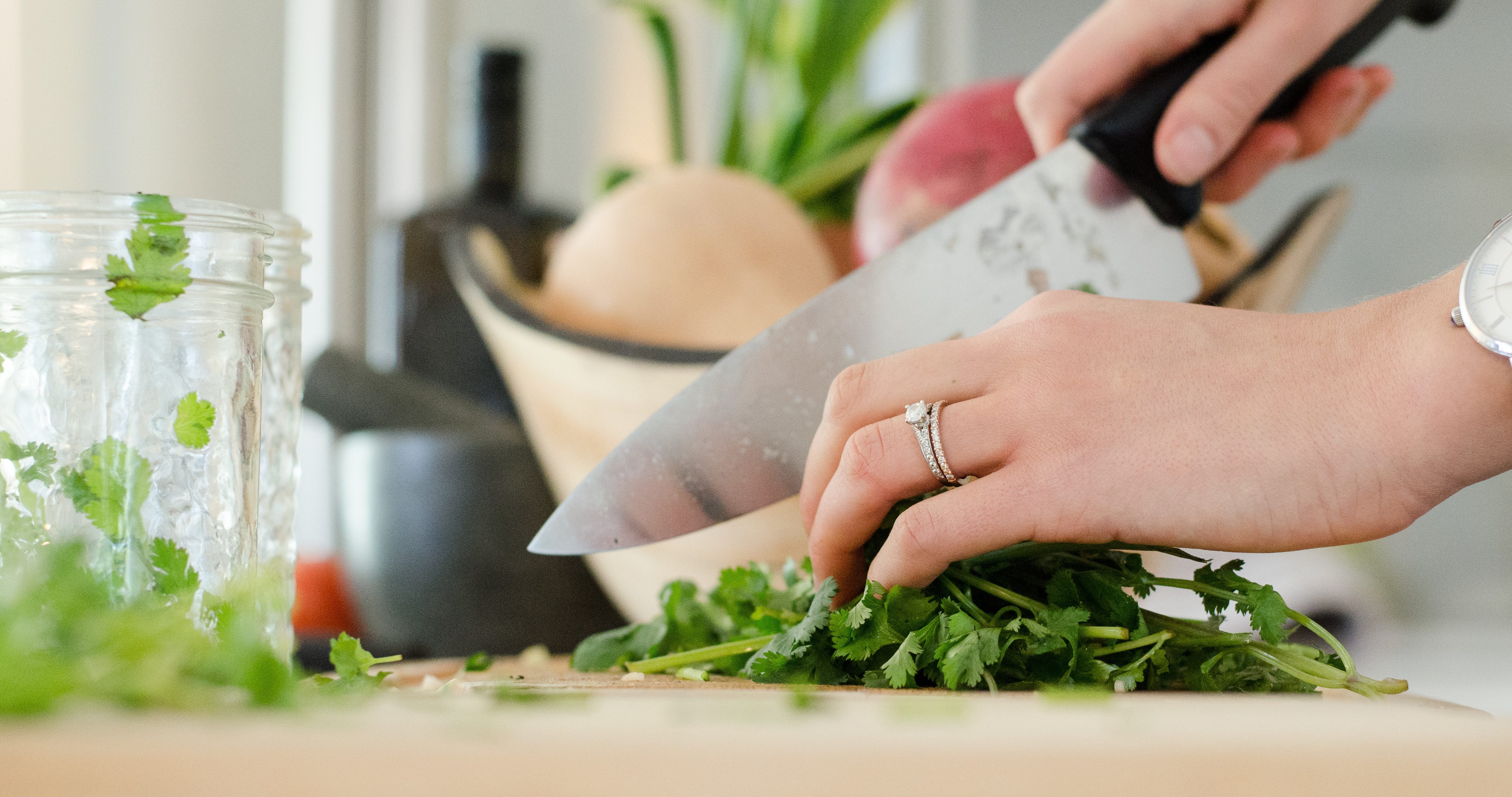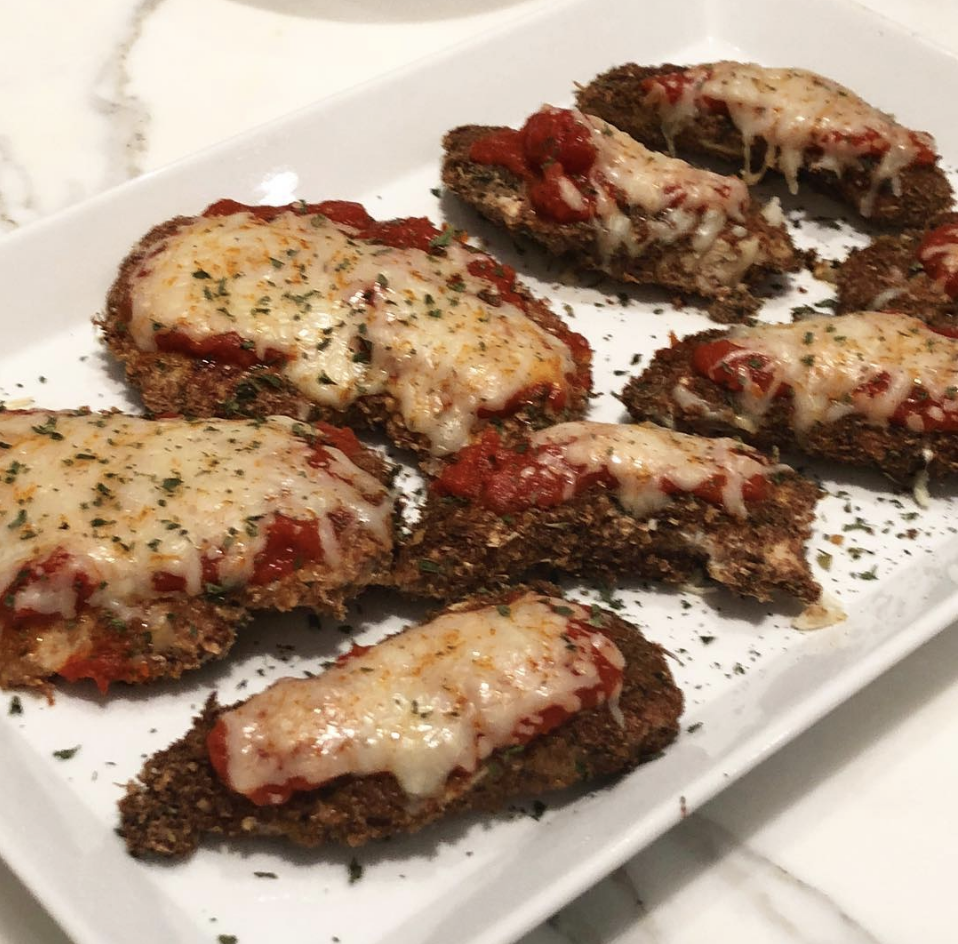Recipe Rehab 101
12 ingredient hacks to make your favorite recipes a lil bit lighter:
What to do when you have a hankering for Mom’s famous mac n cheese, or grandma’s cookies that just can’t be beat? We all have our favorite recipes and more often than not, those recipes aren’t always the lightest. Fortunately, we’ve picked up a trick or two to give our favorite recipes a little makeover to make them a little lighter. Ladies and Gents, this is Recipe Rehab 101: How to lighten up ANY recipe. In this course we will review some of the best tricks and PRO TIPS to effectively slash calories, carbs and fat, and add fiber, protein, and flavor. Tried and tested by the F-Factor Test Kitchen, the following tips can work on your favorite recipes—from meatballs, to sauces, to baked goods, to much fancier fare—all you have to do is have an open mind and experiment! Get excited, you’re going to want to get busy in the kitchen.
Opt for leaner ground meats. Where’s the beef? If it’s not at least 90% lean, it’s better left on the supermarket shelf. When possible, aim for at least 90/10 lean ground beef, or use lean ground chicken or turkey breast. The leaner the ground meat, the less fat it contains, and therefore the less calories too. Instead of making a typical beef burger, make a turkey burger or stir up a bowl of hearty chili with lean ground turkey for that same great taste with half the fat.
Use F-Factor 20/20 Fiber/Protein powders. This hero ingredient packs serious nutrition (20g fiber and 20g protein in just 2 scoops!), making it a super-star replacement for heavier, carb-laden ingredients like pancake and waffle mixes, flour and sugar. For more ways to use this ingredient, click here.
Change your coating. Instead of traditional breadcrumbs, which are packed with oil and trans fat, use coarse wheat bran or pulverized GG crackers, mixed with seasonings, for breading your cutlets and binding your meatballs. This not only reduces fat and calories, but adds fiber to your recipe as well.
Consider cauliflower. With only 20 calories, 4g carb per cup, and no fat, riced cauliflower is a stellar substitute for actual rice (200 calories and 45g carb per cup), or other starches. It has a mild flavor, so it’s easy to use in a multitude of recipes. Try using in place of starches to make veggie patties, or in place of potatoes when making a mash (in doing this mashed potatoes subsequently become cauliflower mash). It can also be used with cheese to make cauliflower crust pizza, or tortilla. Frozen it can be added to smoothies instead of banana for a touch of creaminess, and added nutrition. Bonus, that same 1 cup serving also contains 2g fiber and 2g protein, giving your meal an extra boost of those key nutrients too.
Use non-fat Greek yogurt instead of sour cream in recipes. Greek Yogurt like Fage, Chobani, or Oikois contain about half the calories and fat, and 3 times the protein then fattening sour cream making it a much healthier choice. Use this yogurt as a creamy base for dips like onion or veggie dip or whip into a potato salad.
Thicken with veggies. To add thickness to your soups, gravies, and sauces, use puréed vegetables instead of a typical cream or roux. This will give your recipe the right consistency, without the added calories and fat. Cauliflower works great for this!
Moisten with less oil. A tablespoon of oil is 135 calories—it can add up FAST! When baking, cut out half the olive oil that the recipe calls for and replace it with applesauce or mashed banana. This will naturally sweeten your cakes or muffins, and leave them equally as moist as if you had used all the oil, while saving big on calories and fat.
Ditch full-fat dairy. For every ounce of whole milk, you get a gram of saturated fat. Swap out all full-fat dairy products for their non-fat counterparts, or dairy-free counterparts. Evaporated skim milk or low-fat buttermilk work great in place of cream if you want to stay within the dairy category. Even better, try dairy-free options, like unsweetened almond milk or cashew milk, which are a fraction of the carbs and calories of regular milk.
Jazz up your veggies. You can add flavor without adding fat by caramelizing your onions and roasting your veggies. This makes them much more appealing then a plate of steamed greens, and much less fattening then smothering them in butter or oil.
Swap your flour. Replace up to half of the white flour in a recipe with whole-wheat flour. You won’t taste the difference, and will get the added benefits of fiber.
Double up on low-cal ingredients. Add extra veggies to your next omelet or casserole. Doubling up on these low-cal ingredients, increases your yield, which allows you to enjoy more without increasing fat content.
Finely chop ingredients. When items with a high-fat content, such as bacon, are called for in a recipe, use less and finely chop them. This will allow the ingredient to distribute more evenly, ensuring taste in every bite, while reducing the amount of the high-fat item used.

